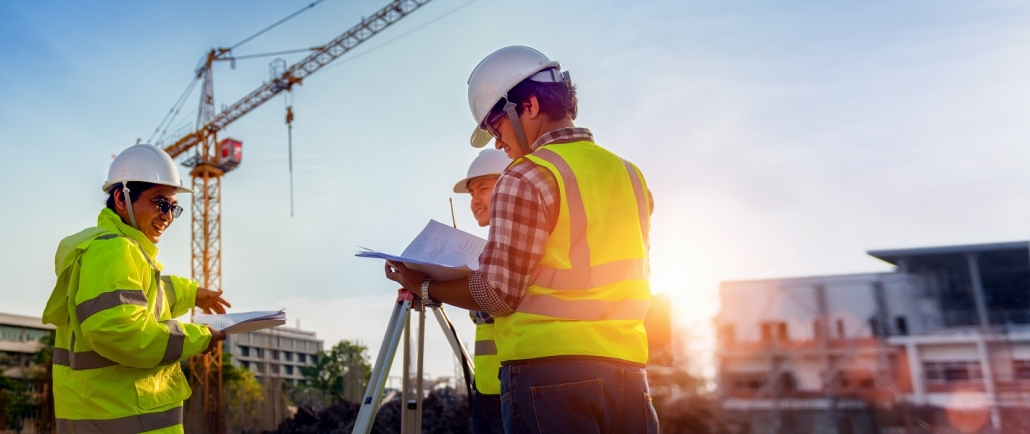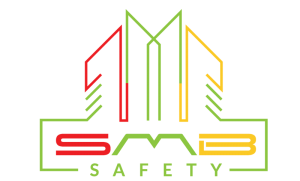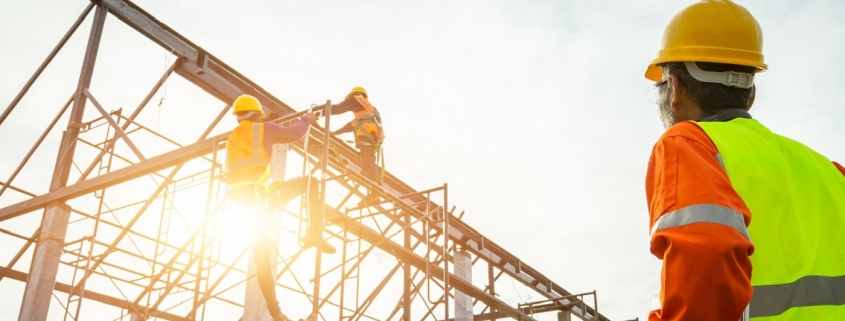Improving Safety on Building Construction Sites by 2022
Are these risk areas on your radar?
Achieving an excellent health and safety record can only do great things for your business reputation, including increasing project opportunities, higher retention of employees and winning valuable clients.
In July 2018 the NSW Government developed the Building and Construction Work Health and Safety Plan in consultation with several organisations. This plan aligns with the SafeWork NSW Work Health and Safety Roadmap 2022 to drive down fatality, injury and illness rates in the NSW building and construction industry. ( Access plan here).
The following priority risk areas have been identified as part of this plan.
It is worth checking if these apply to your operations:
1. Fall from heights
Falls are the leading cause of fatalities in the NSW construction industry, with 42 deaths in NSW reported between 2003 and 2013, or 35% of construction site deaths. The best way to eliminate fall hazards is to perform the work at ground level.
When this isn’t possible, you can manage risks by providing safe access points to and from the workplace, introducing fall prevention devices, arrest systems, and work positioning systems.
Fall prevention systems include roof safety mesh, barriers, scaffolding, and guard railing, to mention a few.
2. Electrocution
Electrocution accounts for 17% of construction site deaths (20 in total) between 2003 and 2013. Most were the result of electrical contact during electrical installations for fixed plants and machinery. Electrocution also occurs because of inadequate training, which you can rectify by ensuring your team is educated and aware before the start of the shift.
3. Plant
Workers involved in collisions with mobile or fixed plant such as earthmoving equipment, trucks, and cranes always come off second best, with serious injuries or death the most likely outcome. Employing a strict hierarchy of plant safety will help reduce the workplace risks, including substituting or replacing hazardous parts, creating exclusion zones through distance or physical barriers, implementing administrative tag-out procedures, issuing PPE, and use warning signs, to name just a few.

4. Falling objects
Falling objects are a severe risk for workers as well as any passing public. Falling objects killed Fourteen workers in 2003 and 2013. You can create a safer work zone by preventing falling objects and minimising damage if they drop, including hardhat policies, lanyards, wristbands, and attachment points.
The average worksite has dozens of safety hazards workers face every day they are on the job. Minimise dangers by making sure you are aware of all the risks, staying on top of safety standards, and educating everyone involved in the project.
You can find out more information about keeping workers safe by following this link.
Need help in assessing and improving the safety standards on your NSW construction site? I am one call away
My name is Sean Brown and I am the founder of SMB Safety. In the industry for over 25 years, I help construction based businesses identify safety risks and mitigate them through better worksafe systems.
The starting point is you and I having a no-obligation telephone call about your concerns and objectives. I can very quickly help you identify gaps and clear next steps forward.





Leave a Reply
Want to join the discussion?Feel free to contribute!